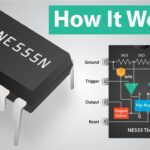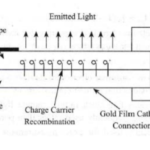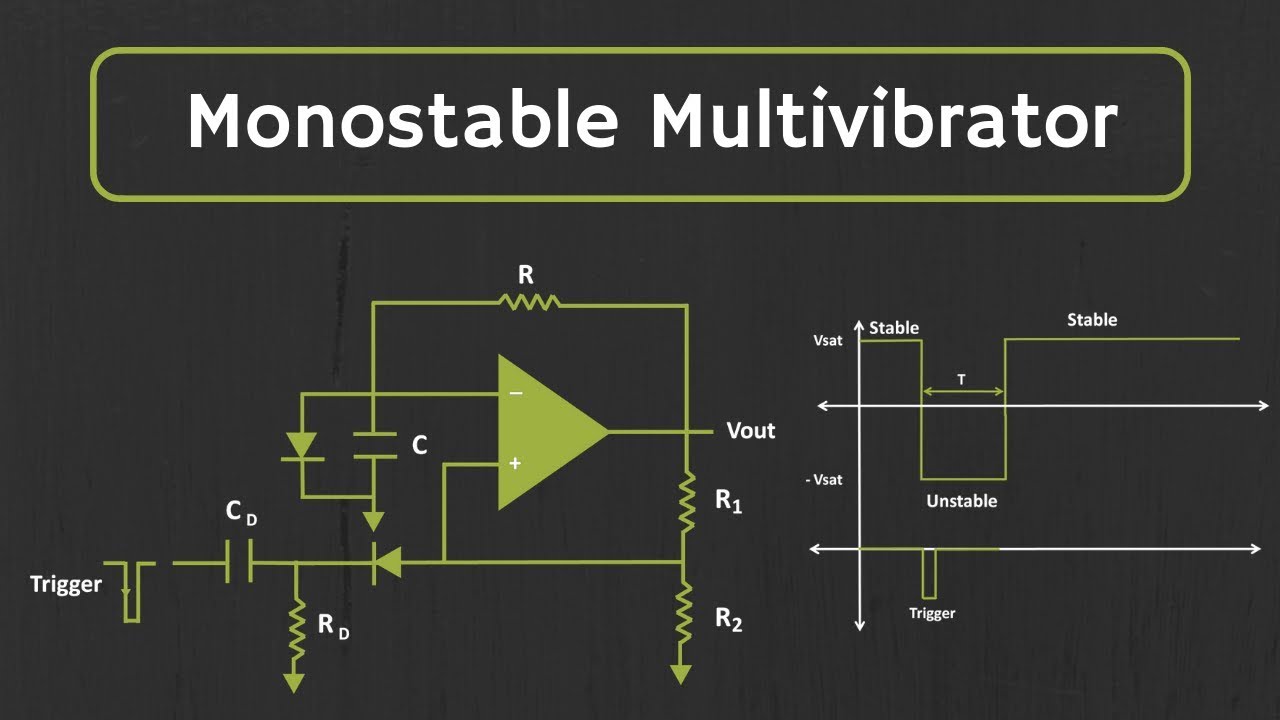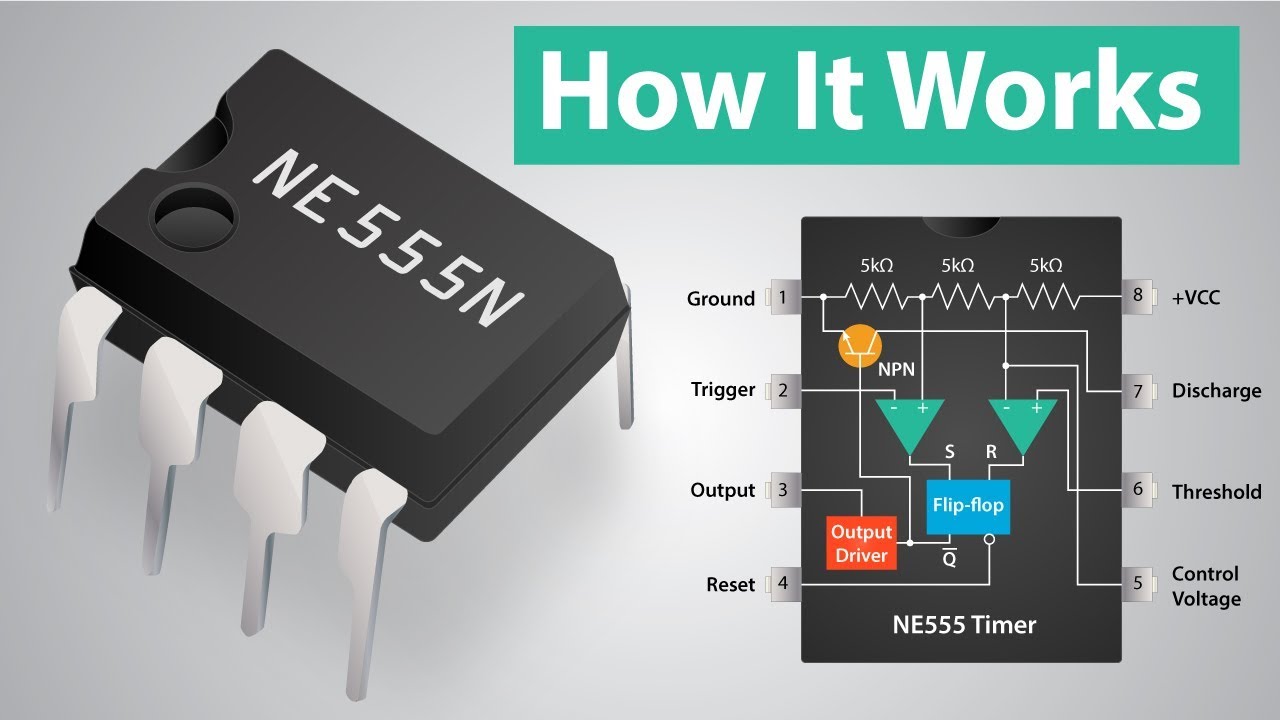Photocoupler or Optocoupler is a device that transfers electrical signals between two isolated circuits by using light.
Photocouplers are used in many functions: they can be used to link data across two circuits; they can be used within optical encoders, where the optocoupler provides a means of detecting visible edge transitions on an encoder wheel to detect position, etc., and they can be used in many other circuits where optical links and transitions are needed. As a result, optical couplers or photocouplers are found in many circuits.
Construction:
All optocouplers consist of two elements: a light source (a LED) and a photosensor (a photoresistor, photodiode, phototransistor, silicon-controlled rectifier (SCR), or triac); which are separated by dielectric (non-conducting) barrier.
Working Principle:
When input current is applied to the LED, it switches ON and emits infrared light; the photosensor then detects this light and allows current to flow through the output side of the circuit; conversely, when the LED is off, no current will flow through the photosensor. By this method, the two flowing currents are electrically isolated. It consists of LED and photodiode; where the circuits are isolated electrically. In the following Figure, LED is forward biased, photodiode is reverse biased and output exists across R2.
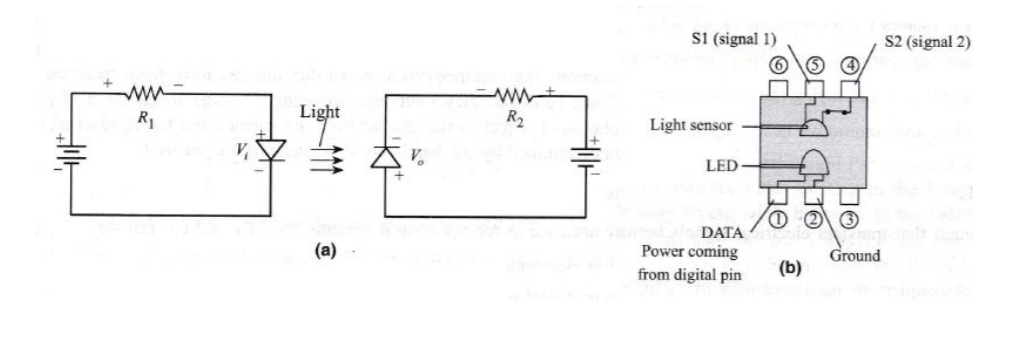
The Figure (a) describes the basic operation of an optocoupler. When current is not being applied via Pin 1, the LED is off, and the circuit connected to Pins 4 and 5 is experiencing no current flow. When power is applied to the input circuit, the LED switches on, the sensor detects the light, closes the switch and initiates current flow in the output circuit, as shown in the Figure (b).
Applications:
- Input and output switching in electronically noisy environments.
- Controlling transistors and triacs.
- Switch-mode power supplies.
- PC/ Modem communication.
- Signal isolation.
- Power control


